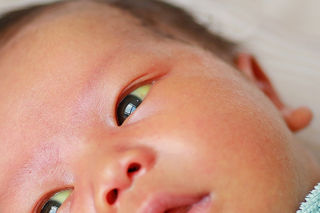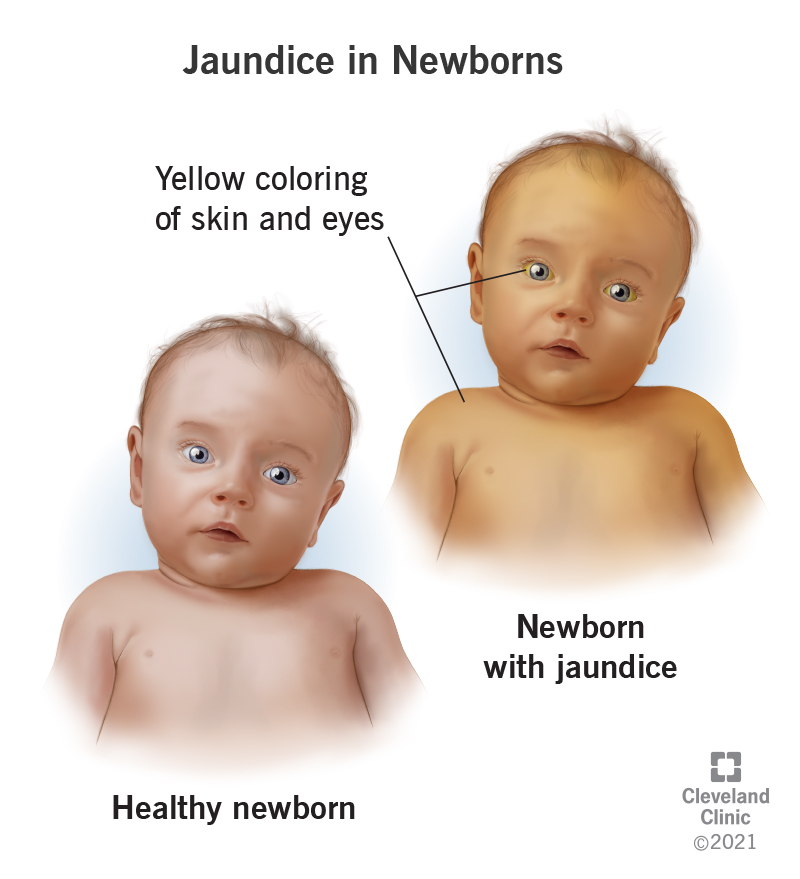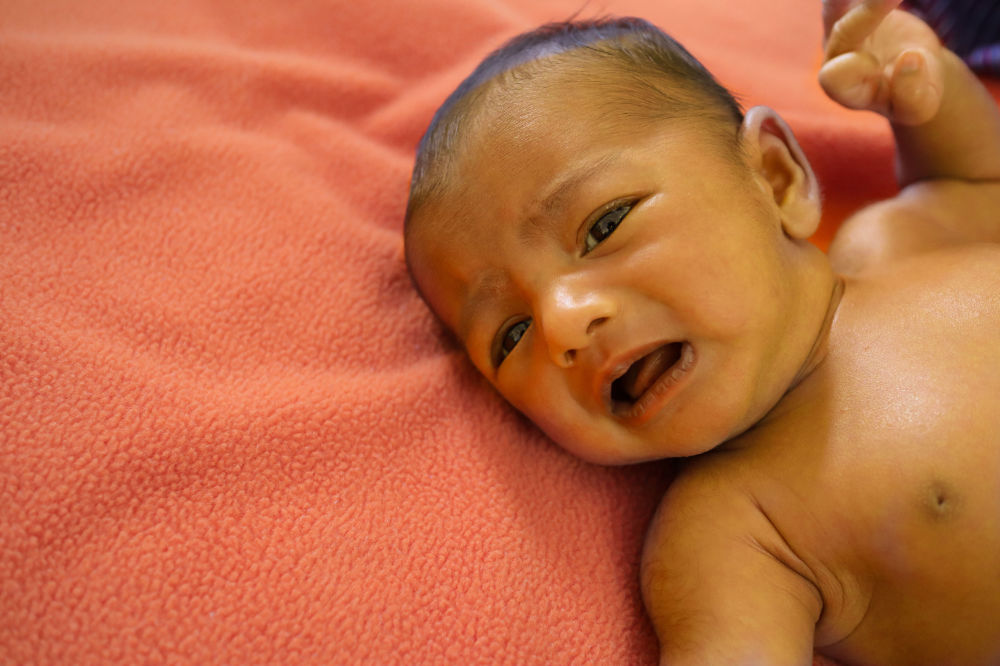what is jaundice in babies mean
It happens when a chemical called bilirubin builds up in the babys blood. It causes yellowing of the skin and the whites of the eyes.

Jaundice In Babies Babycenter Canada
Bilirubin is made by the breakdown of red blood cells.
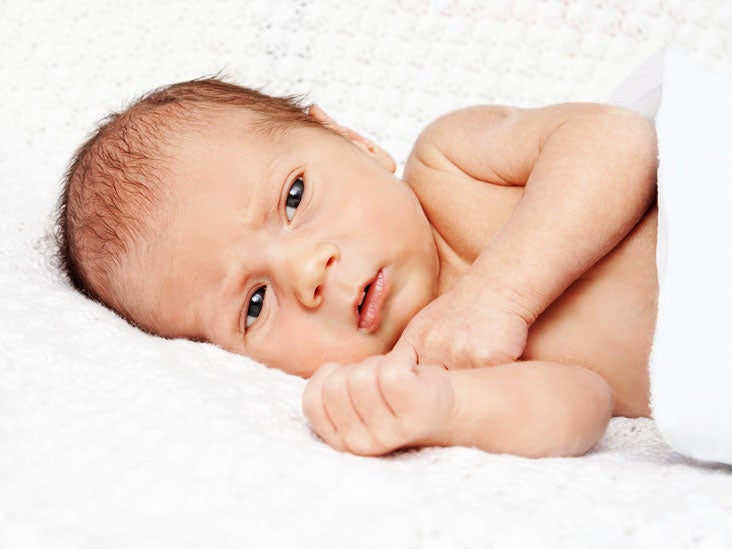
. Jaundice shows up in babies as a yellowish tinge to the skin and eyes. Jaundice JON-diss happens when bilirubin builds up faster than the liver can break it down and pass it from the. When a baby has jaundice it means either his body is making too much bilirubin or the liver is not getting rid of it quickly enough.
The medical term for jaundice in babies is neonatal jaundice. Jaundice also called hyperbilirubinemia means that there is a high level of bilirubin in the blood. Jaundice means the skin has turned yellow.
In newborns jaundice usually occurs because an infants liver isnt fully developed enough to properly break down and excrete bilirubin. This is known as hyperbilirubinaemia. Jaundice is a common condition in newborns that causes yellowing of the skin and the whites of the eyes.
Jaundice is a condition that can occur in newborns within 2-3 days of birth. Jaundice is due to an elevated level of yellowish pigment in the blood called bilirubin that forms when the babys body breaks down excess red blood cells. Jaundice in newborn babies is common and usually harmless.
Jaundice means yellow colouring of the skin and the whites of the eyes. Jaundice also called icterus causes your skin and the whites of your eyes to turn yellow. Yellowish skin and eyes.
Jaundice is very common in newborn babies about six out of 10 newborns have jaundice to varying degrees. Jaundice in older children however has other causes. The most common type of jaundice is called Physiologic Jaundice which can affect up to 60 of full term babies in the first week of life.
Jaundice could indeed be a sign that something serious is going on. Newborn jaundice is a yellowing of a babys skin and eyes. Jaundice is a condition that can occur in newborns within 2-3 days of birth.
In jaundice the excess bilirubin is reabsorbed into the babys blood. Jaundice is often a symptom of a liver gallbladder or pancreatic issue. Bilirubin is the pigment that turns the skin yellow.
Jaundice typically occurs because newborns normally produce increased levels of bilirubin which is referred to as physiologic jaundice Bilirubin which is yellowish in color is produced when. Bilirubin comes from the normal breakdown of old red blood cells. Though it is often a normal and transient physiologic consequence of the newborns immature.
This is a pigment that settles in body tissues and can make your babys skin look yellow. Jaundice often occurs in newborns. A common condition it can occur when babies have a high level of bilirubin a yellow pigment produced during the.
In a newborn due to less mature liver function and absence of microorganisms both are processing bilirubin normal bilirubin level in a newborn under 5 mgdL then go. Jaundice can occur in babies of any race or color. Jaundice is a common short-term condition in newborns that turns a babys skin and the whites of the eyes yellow.
Jaundice occurs in about 60 percent of all babies born full-term and about. Feeding especially breastfeeding your baby often in the first. It is then deposited into different body parts including mucus membranes the skin and muscles.
Parents of babies with jaundice must work closely with their doctors. Bilirubin a product from the normal breakdown of. This may occur when an abnormally.
Mild jaundice occurs in about 60 of full-term newborn babies. A newborn babys liver does not remove bilirubin as well as an adults does. Jaundice may arise when the body accumulates too much bilirubin.
There are a few rare. Jaundice will develop when a babys liver is not efficient enough to remove the bilirubin from the bloodstream. The condition is caused by too much bilirubin a yellow chemical in hemoglobin the substance that.
There are a few rare metabolic disorders that mean a baby doesnt produce enough of this enzyme. Mild jaundice is common in newborn babies - it starts on the second or third day and settles over 7 to 10 days. Jaundice is the yellow color seen in the skin of many newborns.
Jaundice a sign of elevated bilirubin levels is common during the first weeks of life especially among preterm newborns. Bilirubin is a yellow substance produced when red blood cells. Neonatal jaundice is the most common condition requiring medical evaluation in a newborn.
Ad What causes jaundice in adults. Jaundice is caused by too much bilirubin in the blood. If high bilirubin levels are untreated they can cause serious problems.
How to get rid of jaundice in adults.
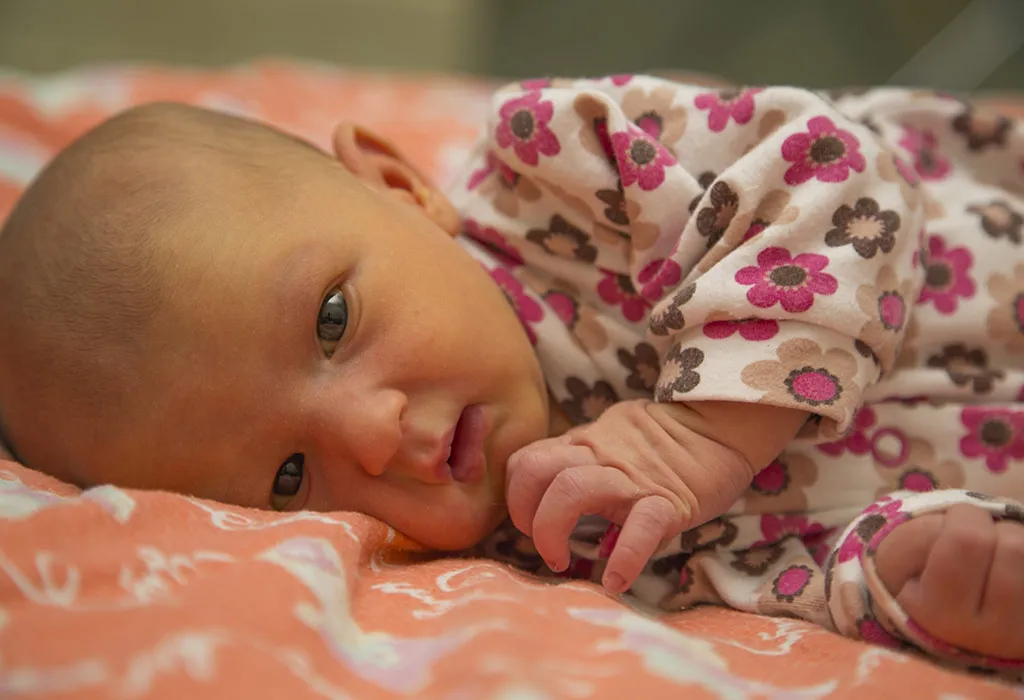
Jaundice In Newborn Babies Reasons Signs Treatment

Newborn Jaundice Birth Injury Guide

Newborn Jaundice American Pregnancy Association
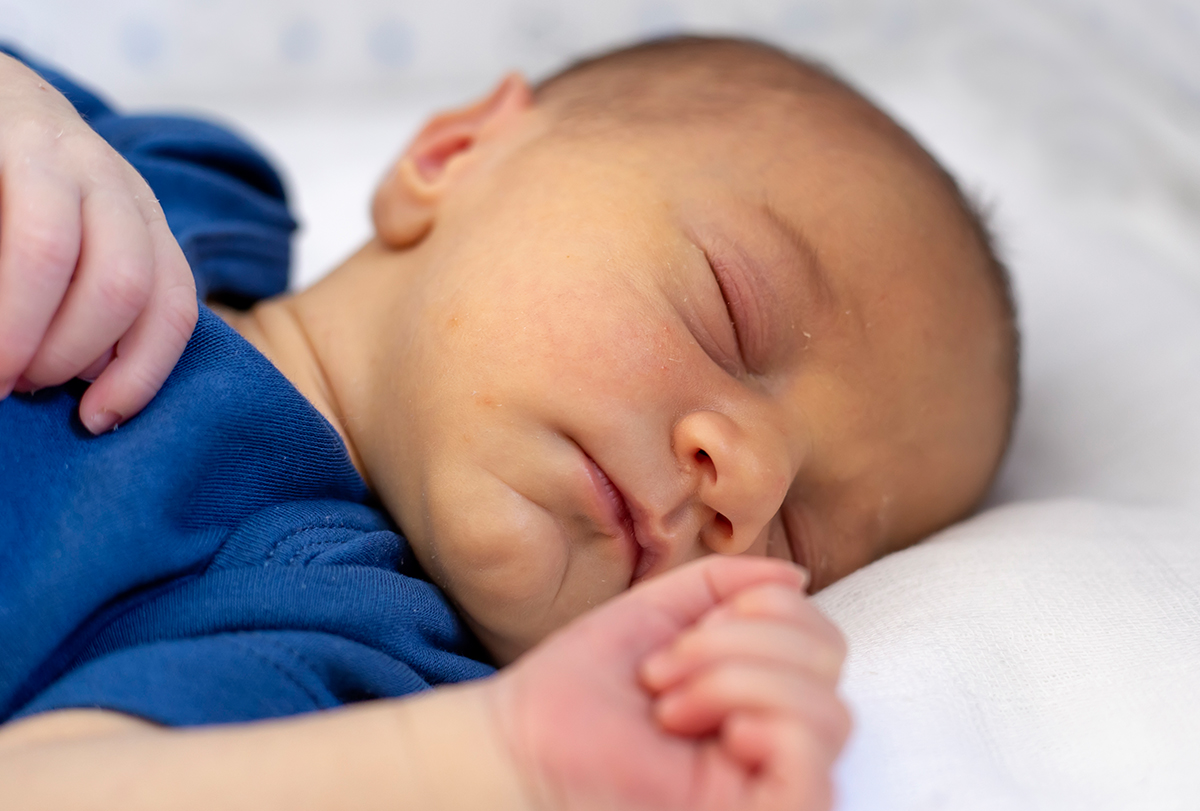
Jaundice In Newborns Treatment And Care At Home

Breast Milk Jaundice Causes Symptoms Diagnosis
Top 10 Home Remedies For Jaundice In Newborn Baby

Newborn Jaundice Causes Symptoms And Treatment Netmeds
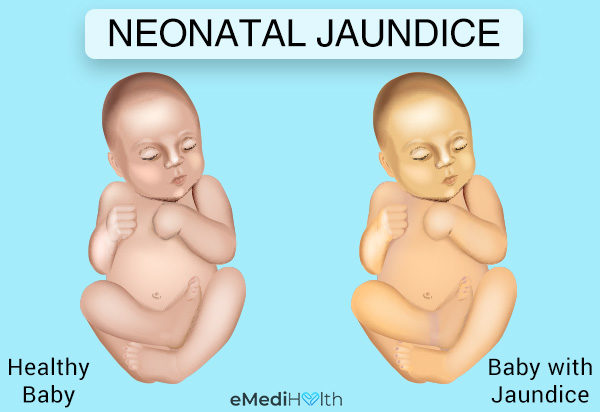
Jaundice In Newborns Treatment And Care At Home

Causes And Types Of Jaundice Explained Baby Gooroo
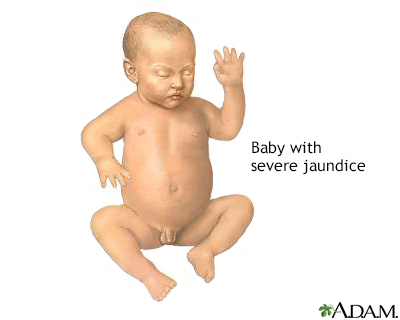
Newborn Jaundice Information Mount Sinai New York

Newborn Jaundice Birth Injury Guide

Infant Jaundice Causes Symptoms And Treatments

Neonatal Or Newborn Jaundice Symptoms Causes Risks And Treatment Options

Why It S Best Not To Worry If Your Baby Has Jaundice Cleveland Clinic

Jaundice What Is It How To Treat Difference In Babies And Adults

